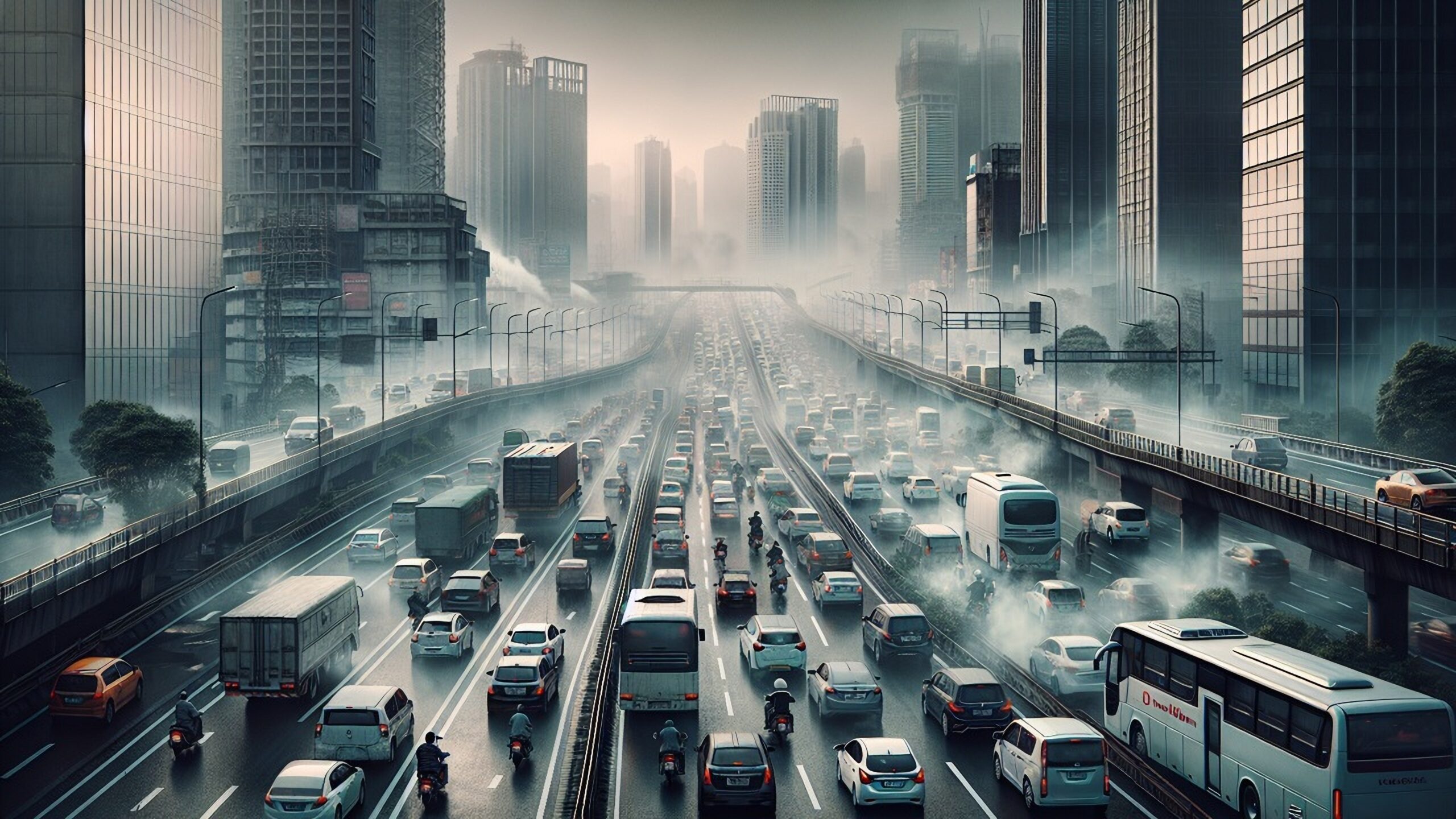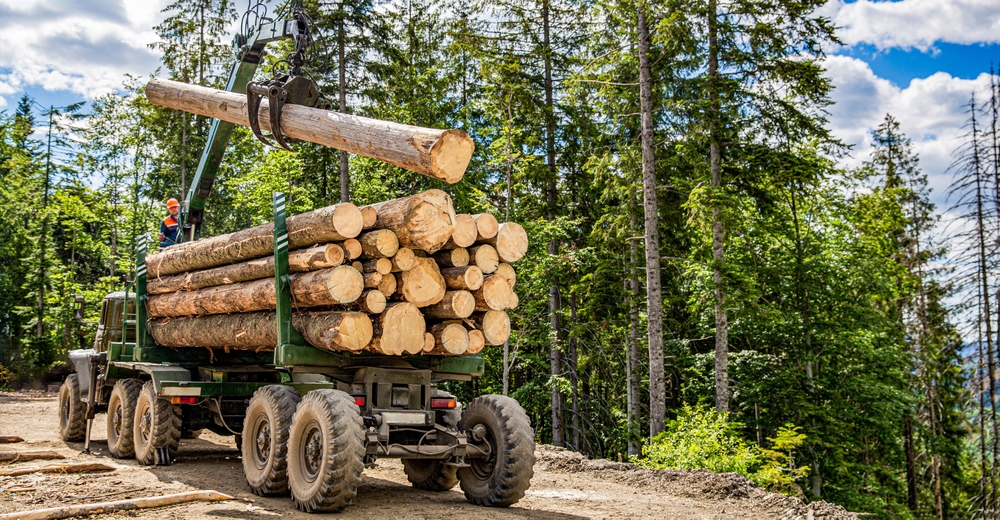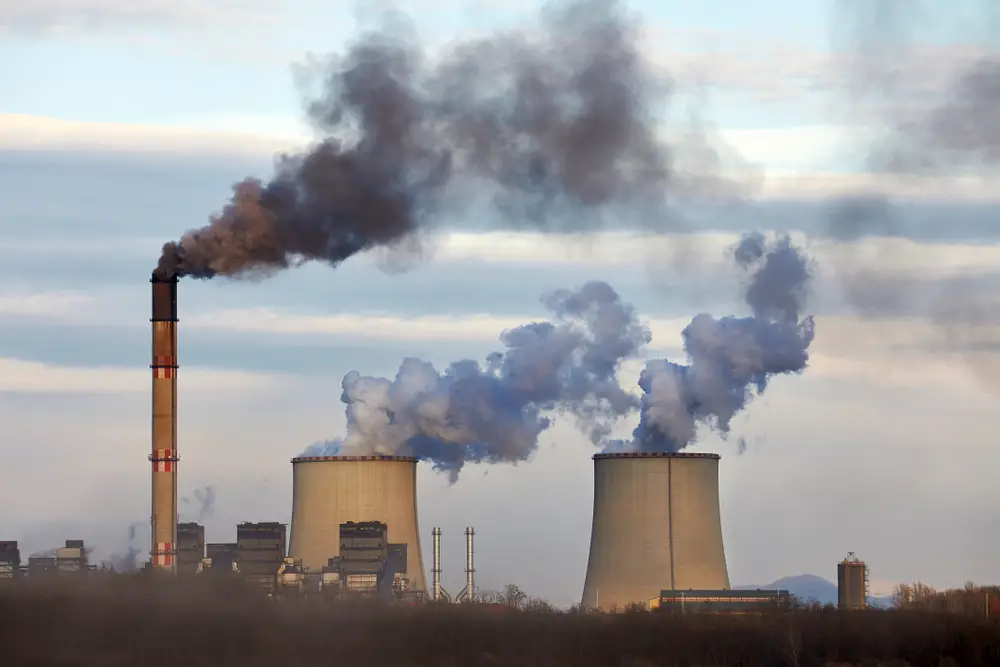The world is full of clever inventions that have undeniably improved human lives. Yet, as we marvel at our own ingenuity, it’s worth considering how some of these creations have left nature to pick up the pieces. From plastic pollution to carbon emissions, the unintended consequences of our technological advances are becoming harder to ignore. Here are 14 human inventions that are costing Mother Nature dearly.
1. Fancy Packaging

Consumer packaging enhances product appeal and convenience but generates massive amounts of waste. Single-use packaging, often made from plastic, is ubiquitous and difficult to recycle. The environmental impact is evident in overflowing landfills and polluted oceans. While more companies are exploring eco-friendly alternatives, the pace of change lags behind the scale of the problem.
You probably interact with consumer packaging multiple times a day, often without a second thought. The fast-paced convenience it offers masks the challenges of disposal and degradation. As you unwrap a product or toss a container, the ripple effect of packaging waste becomes evident. Conscious choices and innovative solutions are necessary to reduce the burden on the planet.
2. Toxic Plastic

Plastic may be convenient, but its environmental cost is staggering. It’s used in everything from packaging to everyday products, contributing to millions of tons of waste each year. According to a study published in Science Advances, approximately 8.3 billion metric tons of plastic have been produced, and most of it now resides in landfills or the natural environment. This non-biodegradable material pollutes oceans, harms wildlife, and even enters the human food chain through microplastics.
You’ve probably noticed how ubiquitous plastic is in your daily life. It wraps your groceries, holds your toiletries, and even clothes your running shoes. But this convenience comes at a cost, as every piece of plastic ever made still exists in some form. As you sip from a plastic straw or toss a snack wrapper, you might wonder how long this ‘convenience’ will linger in landfills or oceans.
3. Chemical Pesticides

Pesticides promise bountiful crops and fewer pests, but their environmental toll is profound. These chemicals often reach beyond their target, affecting beneficial insects, plants, and even larger animals. Recent research highlighted in the journal Environmental Toxicology and Chemistry shows that pesticide runoff can contaminate water sources, impacting aquatic ecosystems and drinking supplies. Meanwhile, overuse has led to resistant pest populations, making these chemicals less effective over time.
You’ve probably benefited from pesticides without realizing it—enjoying bug-free picnics and blemish-free produce. Yet, the unseen costs linger in the background, affecting the very biodiversity that supports agriculture. As you rinse an apple or plant a garden, consider the balance between pest control and environmental health. It’s a reminder that while pesticides solve immediate problems, their long-term impact cannot be ignored.
4. Industrial Agriculture

Industrial agriculture revolutionized food production but at a significant environmental cost. Monoculture practices deplete soil, require heavy chemical use, and contribute to biodiversity loss. Furthermore, the industry is a major source of methane—a potent greenhouse gas from livestock. The emphasis on high yield often overshadows the sustainability of the land, leaving future generations to deal with deteriorating ecosystems.
As you enjoy a bountiful, affordable banquet, it’s easy to overlook the implications of industrial farming. The tomatoes on your sandwich and the beef in your burger often come with invisible price tags that nature pays. This system, while efficient, can erode the foundation of healthy ecosystems. You might wonder if there’s a balance between feeding the world and preserving the earth.
5. Polluting Cars

Cars offer freedom and convenience, yet they remain significant pollutants. The internal combustion engine is a major source of carbon emissions, contributing to air pollution and climate change. Transport is responsible for about a quarter of global CO2 emissions, as documented by the International Energy Agency. As urban areas expand and car ownership rises, air quality diminishes, impacting both human health and natural habitats.
Driving offers an undeniable sense of independence, but it’s increasingly difficult to ignore the impact of that freedom. Traffic jams, exhaust fumes, and sprawling highways are constant reminders of our automotive dependency. You might relish a scenic drive but rue the haze hanging over your city. As electric vehicles become more mainstream, there’s hope for reducing the environmental cost of our commutes.
6. Deforestation Practices

Deforestation has made way for agriculture, urban expansion, and industries but at the expense of vital ecosystems. This practice contributes to habitat loss, carbon emissions, and a reduction in biodiversity. Forests play a crucial role in absorbing CO2, and their destruction exacerbates climate change. The Amazon, often called the planet’s lungs, continues to shrink, pushing many species to extinction.
You might not see the felled trees or displaced wildlife in your daily life, but deforestation’s effects are far-reaching. The paper products you use, the land under your feet, and even the air you breathe are linked to this environmental challenge. As you sip your morning coffee, consider the forests cleared for plantations. The balance between human needs and environmental sustainability is fragile and demands careful stewardship.
7. Nuclear Energy

Nuclear energy offers a low-carbon alternative to fossil fuels, but its waste and accident risks are significant concerns. Radioactive waste requires secure, long-term storage solutions that remain problematic. The Chernobyl and Fukushima disasters highlight the potential catastrophic risks associated with nuclear power plants. According to the World Nuclear Association, while nuclear power reduces carbon emissions, the safety and waste disposal challenges persist.
You may appreciate the cleaner air and reduced greenhouse gases that nuclear energy affords, yet the specter of radioactive waste looms large. It’s a trade-off between immediate benefits and long-term challenges. As you turn on a light or charge your devices, nuclear energy might be part of that power equation. Still, the question of how to safely manage its byproducts remains unanswered.
8. Urban Cities

Urbanization transforms landscapes, bringing economic growth and infrastructure but also environmental challenges. Expanding cities encroach on natural habitats, increasing pollution and resource consumption. Urban areas are often heat islands, exacerbating climate change impacts. This rapid development can strain water and energy resources, as well as lead to the loss of green spaces.
You might thrive in the hustle and bustle of city life, enjoying the cultural and social perks urbanization offers. Yet, the concrete jungle has its downsides—pollution, noise, and a disconnect from nature. As sprawling metropolises encroach on the natural world, you may find yourself longing for a patch of green. The challenge is to create urban spaces that coexist harmoniously with the environment.
9. Tech Electronics

The digital age is powered by electronics, but these devices come with significant environmental footprints. The manufacturing process involves extracting rare minerals, which can lead to habitat destruction and pollution. E-waste is a growing concern, with millions of tons discarded annually, often ending up in landfills where toxic substances can leach into the environment. Recycling programs are improving, but they struggle to keep up with rapid technological advancements.
You likely rely on electronics daily, from waking up to an alarm to unwinding with streaming services. These gadgets enhance life but also burden the planet with their lifecycle impacts. Each upgrade or new device adds to the growing e-waste problem. Balancing the convenience of technology with its environmental costs is a modern conundrum.
10. Chemical Fertilizers

Chemical fertilizers boost agricultural productivity, yet they disrupt ecosystems and water supplies. Runoff from fields often carries excess nutrients into rivers and oceans, leading to algal blooms and dead zones. These fertilizers can degrade soil health over time, requiring even more input for the same yield. Long-term reliance on chemicals can make agriculture less resilient to climate change.
You probably enjoy the fruits of chemical fertilizers every time you eat a meal, often without realizing their hidden costs. The lush gardens and thriving fields they support can offer a false sense of sustainability. As you bite into a juicy fruit or admire a vibrant flower, it’s worth considering the unseen effects on soil and waterways. The challenge is finding practices that sustain both crop yields and ecological balance.
11. Modern Pharmaceuticals

Pharmaceuticals have revolutionized medicine but their environmental impact is only starting to be understood. Drugs can enter water systems through human excretion and improper disposal, affecting wildlife and ecosystems. Aquatic animals exposed to these chemicals can experience hormonal disruptions and altered behavior. While vital for health, pharmaceuticals highlight the need for improved waste management and water treatment systems.
You may rely on medications to maintain health, yet their reach extends beyond human bodies to the environment. The presence of pharmaceuticals in water sources is an invisible consequence of modern medicine. As you flush a pill down the drain or dispose of old prescriptions, the environmental risks are worth acknowledging. Balancing medical advancement with ecological integrity is a complex, ongoing challenge.
12. Synthetic Materials

Synthetic materials like nylon and polyester are staples in fashion and industry, but they contribute to pollution. Manufacturing these materials is energy-intensive and involves harmful chemicals. Once used, they often shed microfibers that pollute waterways and enter the food chain. While durable and versatile, these materials pose significant environmental challenges.
You might wear synthetic fabrics in your daily life, enjoying their comfort and affordability. Yet, each wash releases tiny fibers that gradually accumulate in the environment. As you consider your wardrobe choices, the impact of these materials on the planet becomes clear. The fashion industry is slowly shifting toward sustainable alternatives, but consumer choices drive demand for change.
13. Air Conditioning

Air conditioning provides relief in hot climates, but it also contributes to climate change. The energy required to cool buildings often comes from fossil fuels, increasing greenhouse gas emissions. Hydrofluorocarbons (HFCs) used in many systems are potent greenhouse gases themselves. As global temperatures rise, the reliance on air conditioning grows, creating a vicious cycle.
You might find it hard to imagine life without air conditioning, especially during sweltering summer months. It’s a modern comfort that comes with environmental costs that are easy to overlook. Each time you adjust the thermostat, the broader implications of energy consumption and emissions come into play. The challenge lies in balancing comfort with sustainability as the climate crisis intensifies.
14. Fossil Fuels

Fossil fuels have powered human progress for centuries, but they’re also a major driver of climate change. Burning coal, oil, and gas releases carbon dioxide and other greenhouse gases that trap heat in the atmosphere. This has resulted in unprecedented global temperatures, rising sea levels, and extreme weather events. The reliance on fossil fuels is now forcing us to find sustainable alternatives to avoid catastrophic environmental shifts.
You might feel the effects of fossil fuel use long before noticing the polar ice caps melting. It’s in the smog that stings your eyes on a hot summer day and the news reports of intensified hurricanes and wildfires. As you drive your car or turn on your heater, it’s easy to forget the broader impact of fossil fuel consumption. But each small action contributes to a larger environmental narrative—one that demands urgent intervention.
